Africa's billion dollar hair care industry
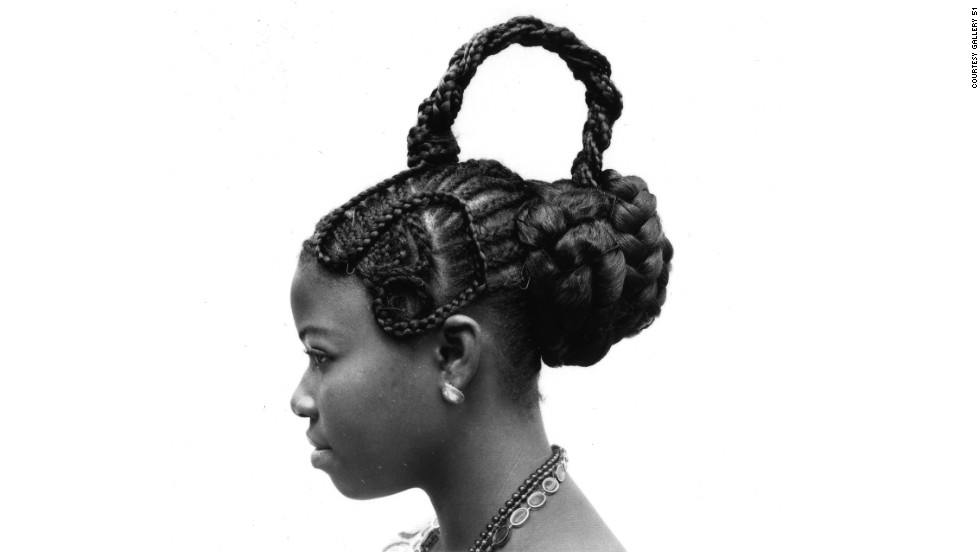
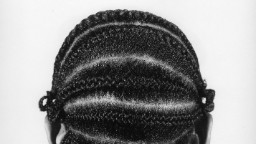
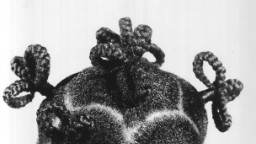
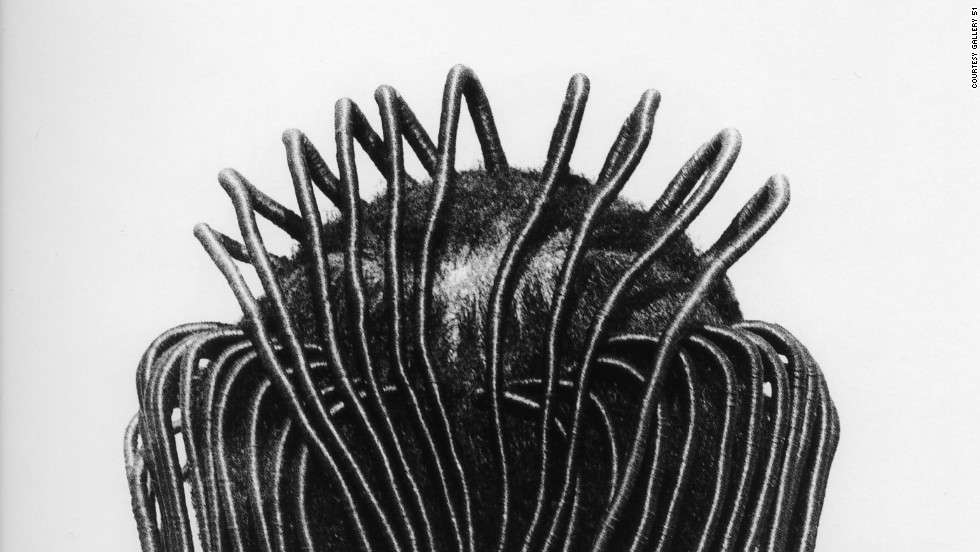
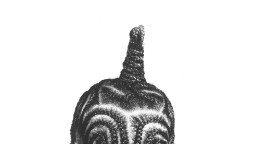
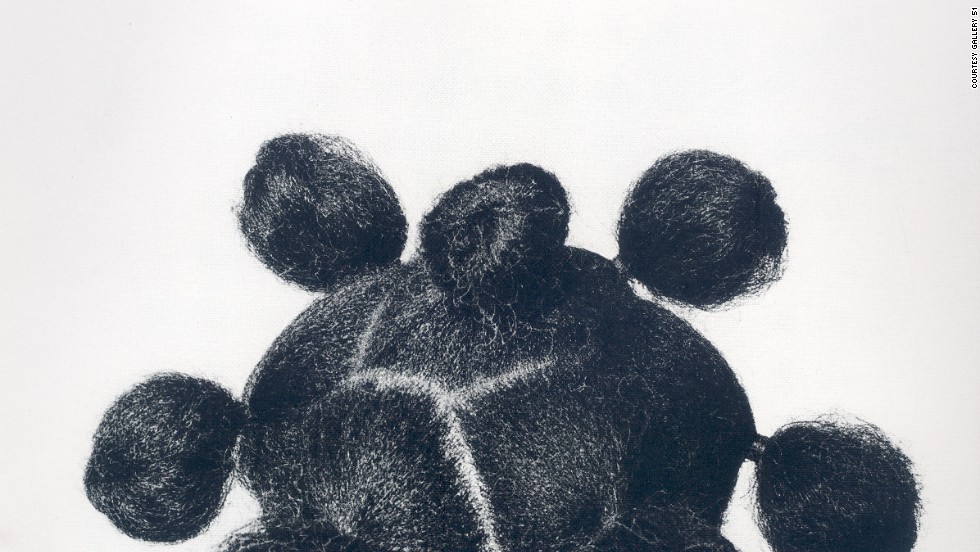
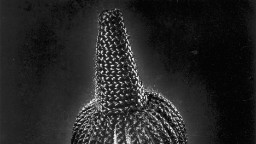
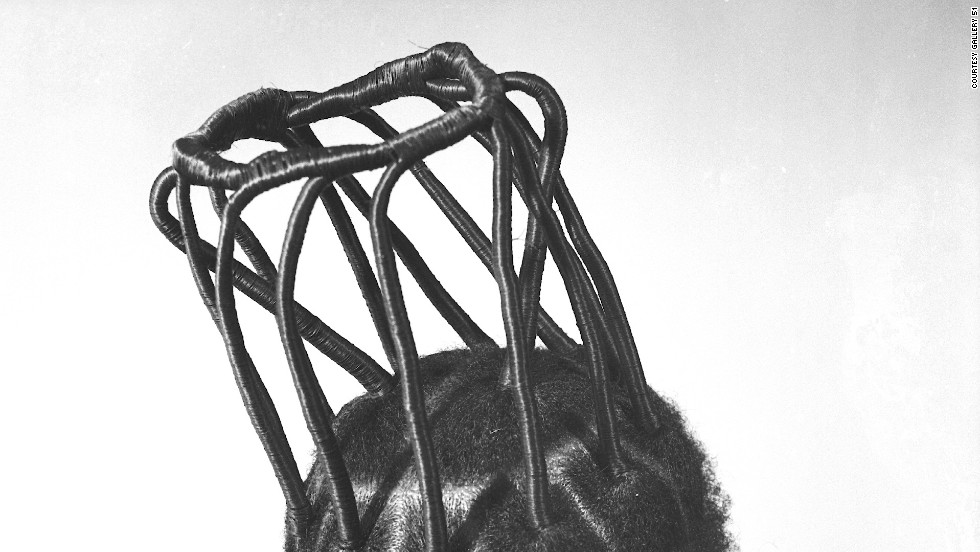
Looking good is big business in Africa; reports show that the amount of money being spent on haircare across the continent is rising.
The biggest growth in 2014 was in Nigeria where people spent more than $440 million, the sales of conditioners and relaxers rose 11% since 2013.
Similarly, in South Africa the amount of money spent on haircare increased 7% from 2013 to 2014, and in Kenya consumers spent more than $100 million on haircare, and salon sales were up 8%.
Nigeria leads the way
As the younger population grows in Nigeria, sales of hair care products increase, and are considered to be more essential than many other grooming products.
The rise in usage of the internet and cable TV has influenced many consumers' thorough the use international celebrities in advertising.
There has also been a rise in demand for men's products from men in urban areas.
L'Oréal Nigeria lead the market in 2014, the company owns firm favorite Dark & Lovely which is the leading haircare brand in the country.
"There is a wide range of products available in the traditional markets," says the founder of lifestyle blog, Natural Nigerian. "They are mostly cheap and very few of them are made in Nigeria -- most are imported.
"The move towards natural hair has raised a lot of questions and inspired a lot of handmade, better quality, mid to high level products that utilize indigenous ingredients that were overlooked in the past e.g. shea butter, coconut oil, and even our local black soap."
In the next few years Euromonitor predicts that growth will continue due to urbanization and a swelling middle class. A focus on modern hairstyles that require lots of hair products is a key driver of growth, as fewer people maintain more traditional styles do no require as many products.

Comments
Post a Comment